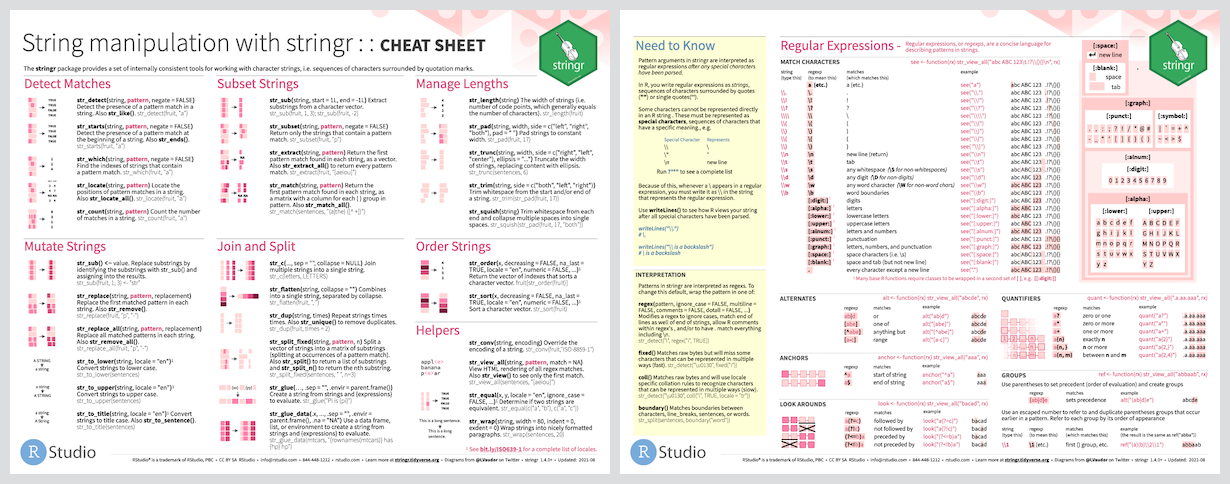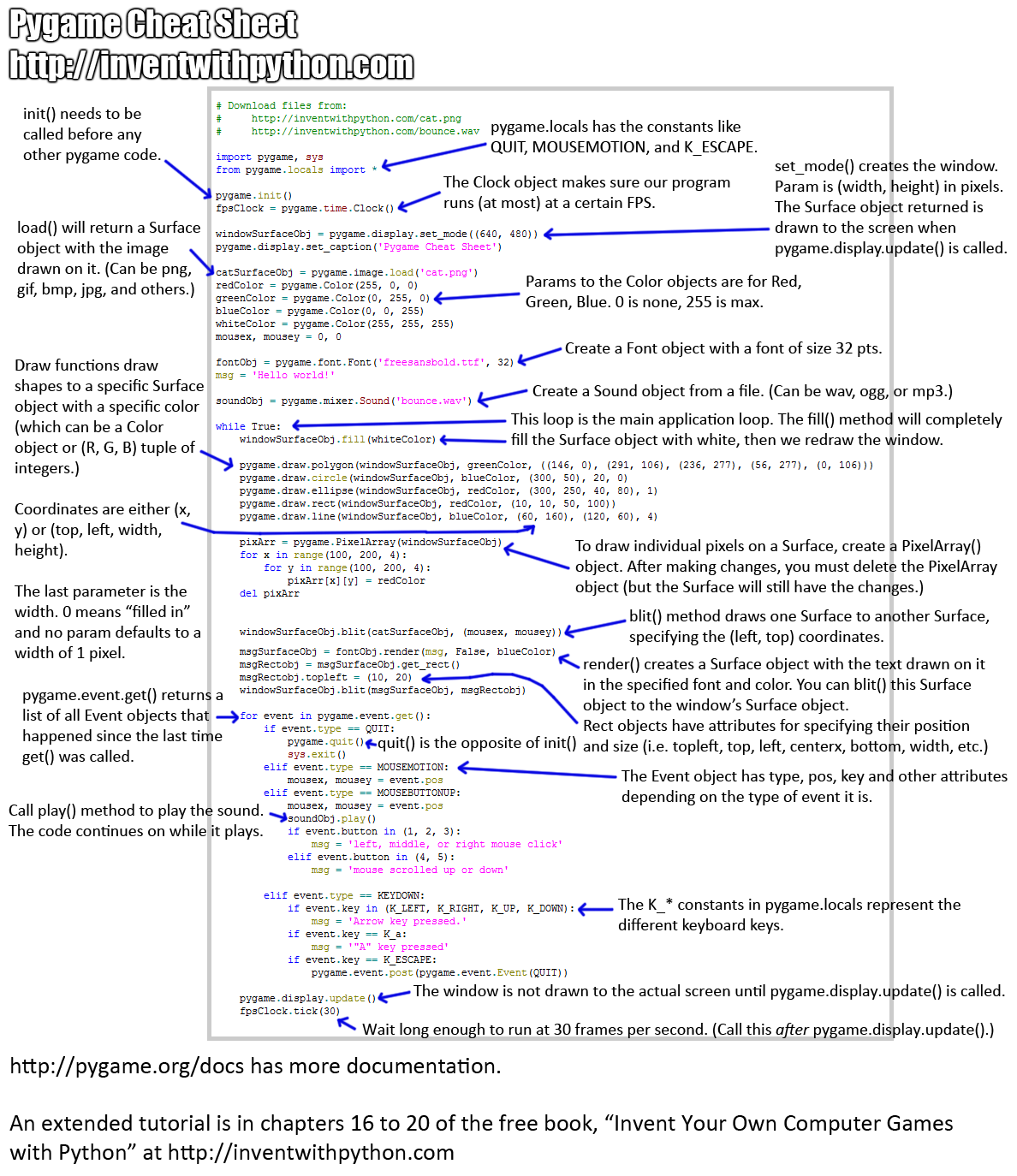Above visualization is a screenshot created usingdebuggexfor the patternr'bpar(en|ro)?tb'
- Python Regex Symbols
- Python Re Cheat Sheet
- Regular Expressions In Python
- Python Re Expression Cheat Sheet
- Python Regex Special Characters List
Python is a beautiful language. It’s easy to learn and fun, and its syntax is simple yet ele-gant. Python is a popular choice for beginners, yet still powerful enough to back some of the world’s most popular products and applications from companies like NASA, Google, Mozilla, Cisco, Microsoft, and Instagram, among others. Python cheat sheet? I was wondering whether you guys keep a handy cheat sheet when y'all code. For example when working with a module after a long time it's obvious that we become rusty and need help with the functions and the syntax.
Python Regex Symbols
From docs.python: re:
A regular expression (or RE) specifies a set of strings that matches it; the functions in this module let you check if a particular string matches a given regular expression
This blog post gives an overview and examples of regular expression syntax as implemented by the re built-in module (Python 3.8+). Assume ASCII character set unless otherwise specified. This post is an excerpt from my Python re(gex)? book.
Elements that define a regular expression🔗
| Anchors | Description |
|---|---|
A | restricts the match to the start of string |
Z | restricts the match to the end of string |
^ | restricts the match to the start of line |
$ | restricts the match to the end of line |
n | newline character is used as line separator |
re.MULTILINE or re.M | flag to treat input as multiline string |
b | restricts the match to the start/end of words |
| word characters: alphabets, digits, underscore | |
B | matches wherever b doesn't match |
^, $ and are metacharacters in the above table, as these characters have special meaning. Prefix a character to remove the special meaning and match such characters literally. For example, ^ will match a ^ character instead of acting as an anchor.

| Feature | Description |
|---|---|
| | multiple RE combined as conditional OR |
| each alternative can have independent anchors | |
(RE) | group pattern(s), also a capturing group |
a(b|c)d is same as abd|acd | |
(?:RE) | non-capturing group |
(?P<name>pat) | named capture group |
. | Match any character except the newline character n |
[] | Character class, matches one character among many |
| Greedy Quantifiers | Description |
|---|---|
* | Match zero or more times |
+ | Match one or more times |
? | Match zero or one times |
{m,n} | Match m to n times (inclusive) |
{m,} | Match at least m times |
{,n} | Match up to n times (including 0 times) |
{n} | Match exactly n times |
pat1.*pat2 | any number of characters between pat1 and pat2 |
pat1.*pat2|pat2.*pat1 | match both pat1 and pat2 in any order |

Greedy here means that the above quantifiers will match as much as possible that'll also honor the overall RE. Appending a ? to greedy quantifiers makes them non-greedy, i.e. match as minimally as possible. Quantifiers can be applied to literal characters, groups, backreferences and character classes.
| Character class | Description |
|---|---|
[aeiou] | Match any vowel |
[^aeiou] | ^ inverts selection, so this matches any consonant |
[a-f] | - defines a range, so this matches any of abcdef characters |
d | Match a digit, same as [0-9] |
D | Match non-digit, same as [^0-9] or [^d] |
w | Match word character, same as [a-zA-Z0-9_] |
W | Match non-word character, same as [^a-zA-Z0-9_] or [^w] |
s | Match whitespace character, same as [ tnrfv] |
S | Match non-whitespace character, same as [^ tnrfv] or [^s] |
Python Re Cheat Sheet
| Lookarounds | Description |
|---|---|
| lookarounds | custom assertions, zero-width like anchors |
(?!pat) | negative lookahead assertion |
(?<!pat) | negative lookbehind assertion |
(?=pat) | positive lookahead assertion |
(?<=pat) | positive lookbehind assertion |
(?!pat1)(?=pat2) | multiple assertions can be specified in any order |
| as they mark a matching location without consuming characters | |
((?!pat).)* | Negate a grouping, similar to negated character class |
| Flags | Description |
|---|---|
re.IGNORECASE or re.I | flag to ignore case |
re.DOTALL or re.S | allow . metacharacter to match newline character |
flags=re.S|re.I | multiple flags can be combined using | operator |
re.MULTILINE or re.M | allow ^ and $ anchors to match line wise |
re.VERBOSE or re.X | allows to use literal whitespaces for aligning purposes |
and to add comments after the # character | |
escape spaces and # if needed as part of actual RE | |
re.ASCII or re.A | match only ASCII characters for b, w, d, s |
| and their opposites, applicable only for Unicode patterns | |
re.LOCALE or re.L | use locale settings for byte patterns and 8-bit locales |
(?#comment) | another way to add comments, not a flag |
(?flags:pat) | inline flags only for this pat, overrides flags argument |
flags is i for re.I, s for re.S, etc, except L for re.L | |
(?-flags:pat) | negate flags only for this pat |
(?flags-flags:pat) | apply and negate particular flags only for this pat |
(?flags) | apply flags for whole RE, can be used only at start of RE |
anchors if any, should be specified after (?flags) |
| Matched portion | Description |
|---|---|
re.Match object | details like matched portions, location, etc |
m[0] or m.group(0) | entire matched portion of re.Match object m |
m[n] or m.group(n) | matched portion of nth capture group |
m.groups() | tuple of all the capture groups' matched portions |
m.span() | start and end+1 index of entire matched portion |
| pass a number to get span of that particular capture group | |
can also use m.start() and m.end() | |
N | backreference, gives matched portion of Nth capture group |
| applies to both search and replacement sections | |
possible values: 1, 2 up to 99 provided no more digits | |
g<N> | backreference, gives matched portion of Nth capture group |
possible values: g<0>, g<1>, etc (not limited to 99) | |
g<0> refers to entire matched portion | |
(?P<name>pat) | named capture group |
refer as 'name' in re.Match object | |
refer as (?P=name) in search section | |
refer as g<name> in replacement section | |
groupdict | method applied on a re.Match object |
gives named capture group portions as a dict |
0 and 100 Where is maglite serial number. onwards are considered as octal values, hence cannot be used as backreferences.

re module functions🔗
| Function | Description |
|---|---|
re.search | Check if given pattern is present anywhere in input string |
Output is a re.Match object, usable in conditional expressions | |
| r-strings preferred to define RE | |
| Use byte pattern for byte input | |
| Python also maintains a small cache of recent RE | |
re.fullmatch | ensures pattern matches the entire input string |
re.compile | Compile a pattern for reuse, outputs re.Pattern object |
re.sub | search and replace |
re.sub(r'pat', f, s) | function f with re.Match object as argument |
re.escape | automatically escape all metacharacters |
re.split | split a string based on RE |
| text matched by the groups will be part of the output | |
| portion matched by pattern outside group won't be in output | |
re.findall | returns all the matches as a list |
| if 1 capture group is used, only its matches are returned | |
| 1+, each element will be tuple of capture groups | |
| portion matched by pattern outside group won't be in output | |
re.finditer | iterator with re.Match object for each match |
re.subn | gives tuple of modified string and number of substitutions |
The function definitions are given below:
Regular expression examples🔗
As a good practice, always use raw strings to construct RE, unless other formats are required. This will avoid clash of special meaning of backslash character between RE and normal quoted strings.
Regular Expressions In Python
- examples for
re.search
- difference between string and line anchors
- examples for
re.findall
- examples for
re.split
- backreferencing within search pattern
- working with matched portions
- examples for
re.finditer
- examples for
re.sub
- backreferencing in replacement section
- using functions in replacement section of
re.sub
- examples for lookarounds
- examples for
re.compile
Microsoft monthview control 6 0 excel 2013 download. Regular expressions can be compiled using re.compile function, which gives back a re.Pattern object. The top level re module functions are all available as methods for this object. Compiling a regular expression helps if the RE has to be used in multiple places or called upon multiple times inside a loop (speed benefit). By default, Python maintains a small list of recently used RE, so the speed benefit doesn't apply for trivial use cases.
Python re(gex)? book🔗
Python Re Expression Cheat Sheet
Visit my repo Python re(gex)? for details about the book I wrote on Python regular expressions. The ebook uses plenty of examples to explain the concepts from the very beginning and step by step introduces more advanced concepts. The book also covers the third party module regex. The cheatsheet and examples presented in this post are based on contents of this book.
Python Regex Special Characters List
Use this leanpub link for a discounted price.
